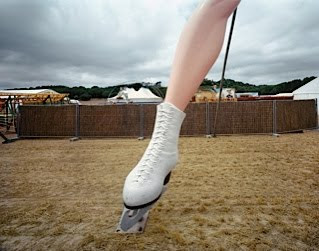By Jordi Bernadó, photographer
What would have been of Steve Jobs if he had been born a woman? I find it impossible to imagine the answer, in the same way that I cannot think what would have been of Steve Jobs if he had been born in the heart of Africa, if he had been born a hundred years earlier or if he had been born with a physical disability. Each one of us is not just who we are, we are also our circumstances, and our gender configures us as much as where we come from, the period in which we live and the family environment in which we grow up.
«What we characterise as feminine or masculine remains subjective to ourselves, to our experiences, to our deepest desires»
On the other hand, I also find it difficult to imagine how Steve Jobs would have been different if he had been called Susan, for example. Which personal characteristics would change? What is it that makes Steve different to Susan? I do not have the faintest idea. If I must be honest, I have to admit something: I do not know what a woman is. Do not misunderstand me; I do not know what a man is either. The physical categorisations that we all understand very clearly - or at least we all have a very clear understanding of the physiological attributes that accompany both genders - vanish when we want to take into consideration the mental or purely ontological realms. How would Susan be different to Steve? No idea. What we characterise as feminine or masculine remains subjective to ourselves, to our experiences, to our deepest desires.
Reality is far more rich and complex than our minds are able to fathom, and if I have learnt something as a photographer, it is that we do not see what there is, we see what we want to see.
 |
© Jordi Bernadó
|


That is a great illustration.
ReplyDelete